In any daily urban walk of life, one of the things we all share is constant bombardment by images. Facing a hyper stimulating landscape of flashing colours, it’s only natural we become passive to layers and layers of visual exposure. How is our relationship to visual media affected over time? How do we think and re-think the image and its meaning? Do we?
Imagine a Montreal electronic music scene that is as educated about artistic visual culture as it is about musical culture; who reads into images like they read into sound; imagine the widening of possibilities, of interpretations, of projects and resources…
Every day, as new technologies hatch, grow and settle, the potential of performance and interaction between sound and light, between digital arts and electronic music, expands. This week, we recommend a short film that’s as alluring visually as it is thematically, exploring our sensitivity to image and light constructions while zooming in on the process and purpose of those who conjure them.

See What I Hear surfaced following a Resident Advisor and Institute of Contemporary Arts (ICA) sanctioned competition aimed at young filmmakers exploring electronic music topics. The author, Bristol based Lucy Werrett, is a videographer, photographer and film director. Her focus landed on the developing visual arts accompanying musical performance, a discipline that grows faster as each day passes yet that still suffers from some public oblivion: “Sometimes audiovisual artists aren’t on the lineups, they aren’t shouted out and they’re not on the posters. You can go to a festival or a night and know who’s playing but not know who told the story visually.”

Through dialogue, See What I hear weaves a connecting thread of the perspectives and prerogatives of visual artist and experts. They all shed light on a different angle of a complex and stimulating fabric; MUTEK founder Alain Mongeau opens up the discussion with a broader societal perspective, addressing how abundance of images in our daily life leads to increased indifference. Indeed, MUTEK challenges the status quo of interaction with the audio and visual world, through allying technology and art that zoom in on a certain aspect or theme, expanding possibilities of meaning, interpretation and reflection.
Murlo illustrates parallel, sensitive worlds that act as an extension of his imagination, where “having a confident visual identity to the music just heightens the experience” as well as enables immersion. Visuals here are key tools to create avenues for a realistic escape of reality and for the artist to dig deeper into the self.
So happy to announce my debut album ‘Dolos’ coming Spring 2019!Been working hard for months – the project combines my music and visuals in new ways and im really excited to show you.The first chapter ‘Evaporate’ is out now ☺️
Posted by Murlo on Friday, November 30, 2018
Amelie Duchow also employs audiovisuals to push the expression of her own character, while enlarging on an idea or concept. Her ‘Insonorous Dress’ project fleshes out an imaginary dress, with visual and sonic manifestations of industrial production. Rather than illustrating her own reality as immersively as possible, she uses audio-visual stimulation as a suggestive medium, where the viewer and listener are invited to construct their own understanding of her subject. She sees the vibrancy, energy and potency of electronic music as a way to enhance the image and uncover a ‘new level of perception’.
The blue light tones and ambient composition used to depict Pan Daijing reflect the artist’s calm monologue on her process, channelling the extremes of live performance as a form of radical self-expression. She explores her curiosity via pluridisciplinary forms of artistry, including distortion, movement, operatic vocals and improvisation, among others. The foundation of her visuals come from the images that enter her mind while writing music.

The last subject, Sam Wiehl, is a multimedia artist and club rat driven by a desire to create and empower people’s nighttime escape. He sees visual backdrops as the ideal medium to absorb electronic music audiences into experiences, matching visuals to the musical mood while taking some of the overvalued spotlight off of the DJ mixing, fostering balance between crowd, artist and the experience. Below, visuals from his live show with Virginia Wing and Maria Malone.
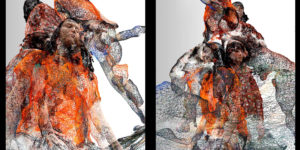
All of these AV artists and tastemakers aim to complement, explore, expand and stimulate imaginations. This is done through may mediums; providing a platform for new technologies to flourish hand in hand with art to provoke reflection; rendering imaginative worlds palpable; using audiovisual stimulation as a basis for viewer and listener to construct their own realities; channelling sound and visuals to push performance further and create more radical states of mind; project collective pathways for temporary escape and make clubbing culture less one dimensional. Through exploring and consciously consuming audiovisual constructions, we can find new ways to understand and project the self. Find the documentary below, and see what you hear:
Photos: Resident Advisor
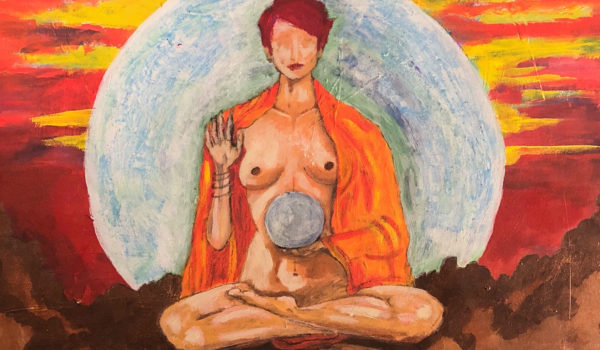
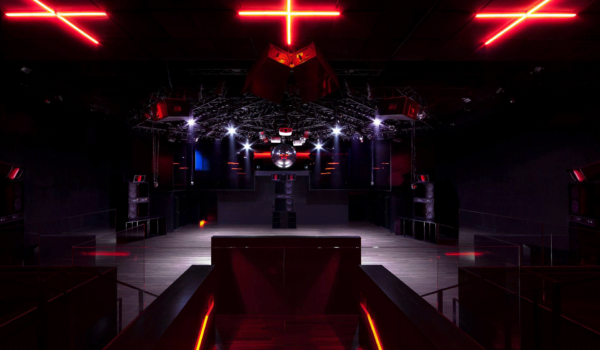
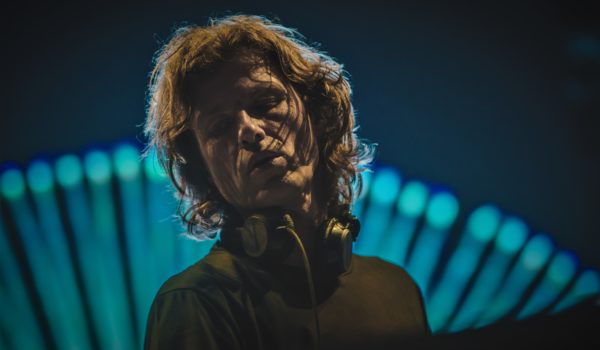

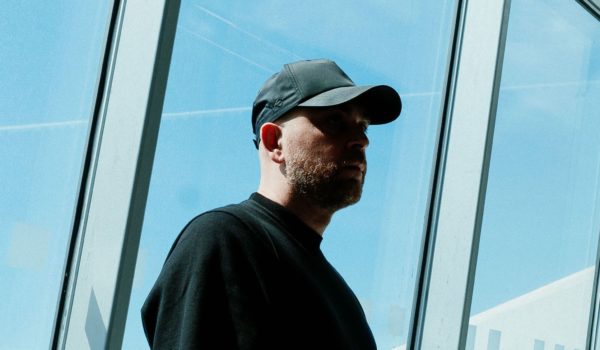
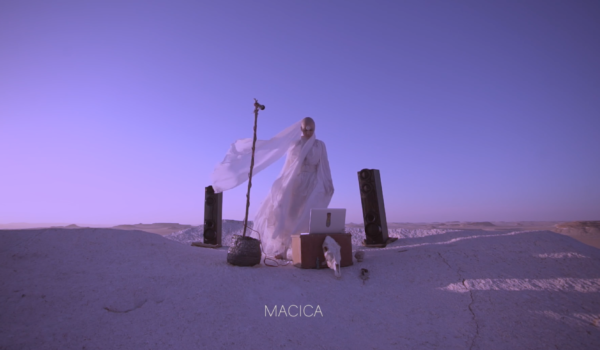


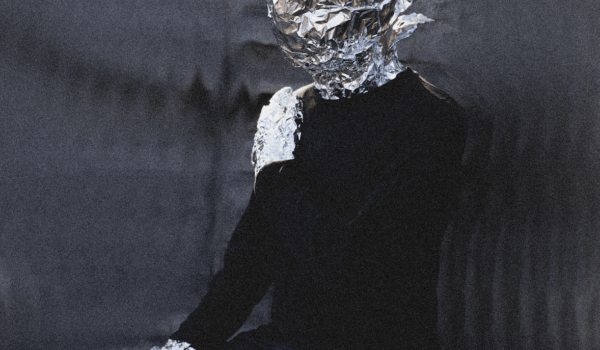
Comments